#the watermelon woman (1996)
Explore tagged Tumblr posts
Text


The Watermelon Woman (1996) dir. Cheryl Dunye
#the watermelon woman#the watermelon woman 1996#gifs*#filmedit#filmgifs#userstream#cinemapix#filmtvdaily#cinematv#userbbelcher#chewieblog#1990s movies#movieedit#fyeahmovies#userlera#usersavana#useraurore#usersugar#userrobin#tuserdana
66K notes
·
View notes
Photo
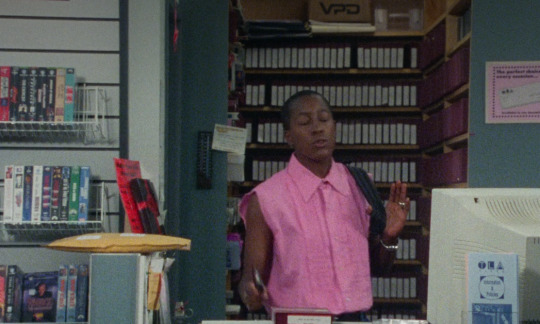

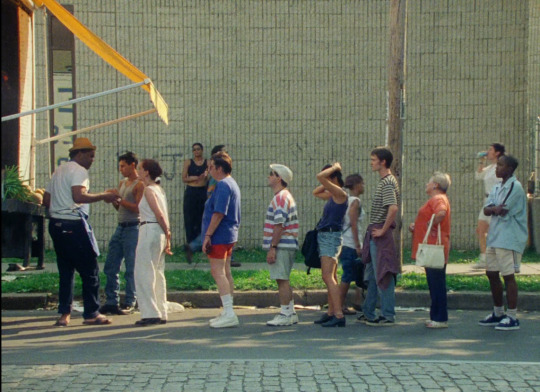
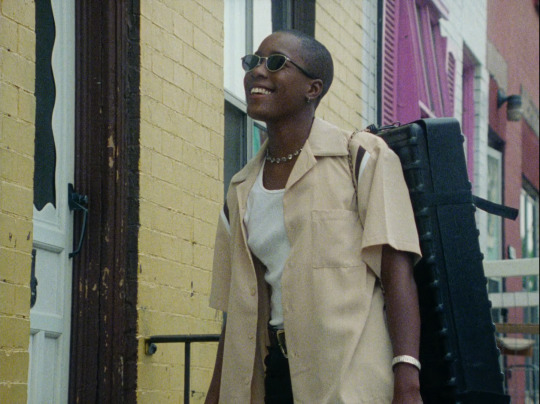
The Watermelon Woman (1996)
#the watermelon woman 1996#cheryl dunye#fae richardson#the watermelon woman#film#film scenes#cinematography#film stills#colour theory#90s films#queer films#documentary#beautiful cinema#cinema
378 notes
·
View notes
Text
On March 4, 2016, The Watermelon Woman was re-released in the United States.

#the watermelon woman#the watermelon woman 1996#cheryl dunye#queer cinema#black cinema#independent film#indie film#comedy drama#mockumentary film#mockumentary#dunyementary#movie art#art#drawing#movie history#pop art#modern art#pop surrealism#cult movies#portrait#cult film
2 notes
·
View notes
Text
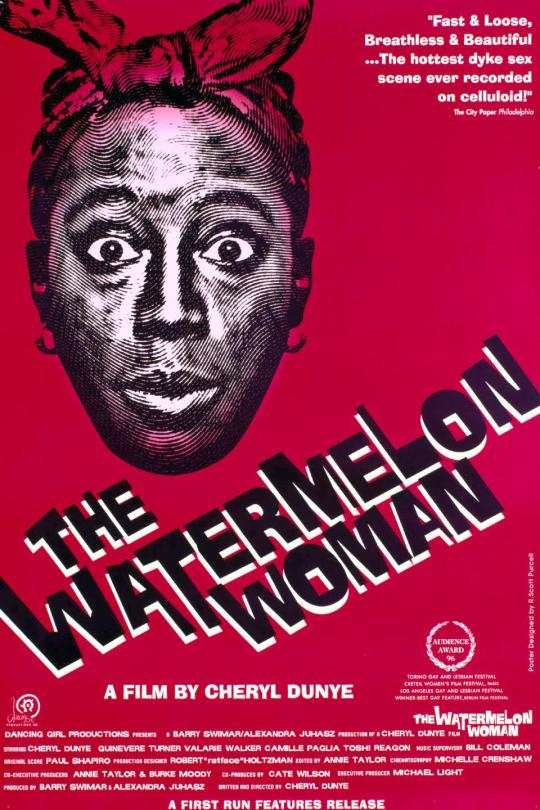
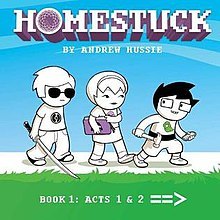

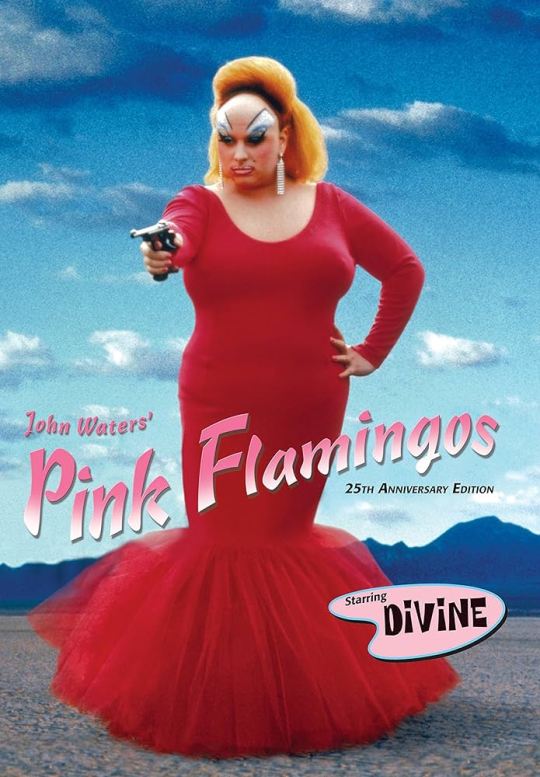
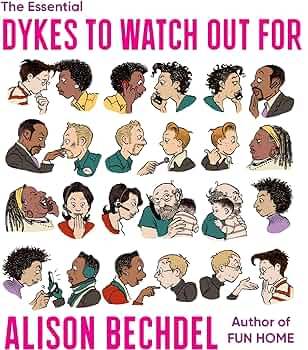


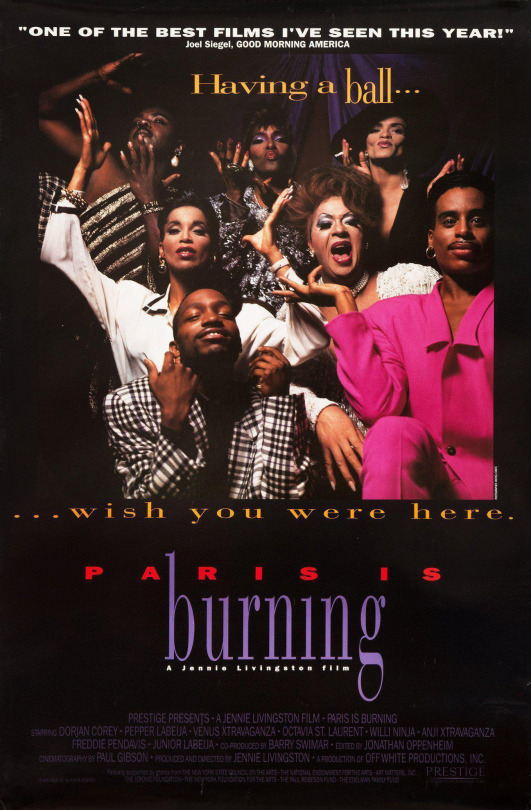
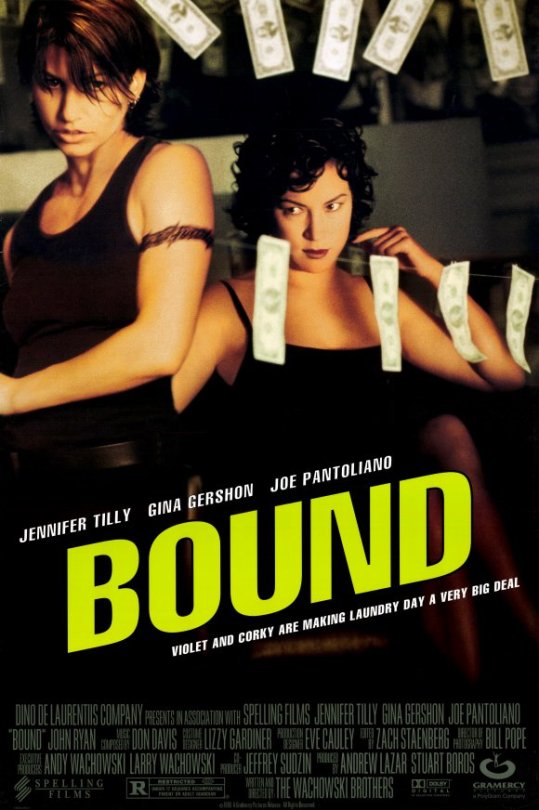
#polls#queer#queer media#queer media tourney#homestuck#pink flamingos#paris is burning#bound 1996#angels in america#dykes to watch out for#the birdcage#black sails#the watermelon woman
2K notes
·
View notes
Text

"June as the champ, West Oak Lane, Philadelphia, 1962" from The Watermelon Woman: The Fae Richards Photo Archive
source: The Wild Good: Lesbian Photographs & Writings on Love, edited by Beatrix Gates
#lesbian literature#lesbian#dyke#archived#thatbutcharchivist#lesbian photography#lesbian books#black lesbian#black lesbian history#the watermelon woman#lesbian film#the wild good#year: 1996#author: beatrix gates#photographer: zoe leonard#filmmaker: cheryl dunye#june walker
830 notes
·
View notes
Text

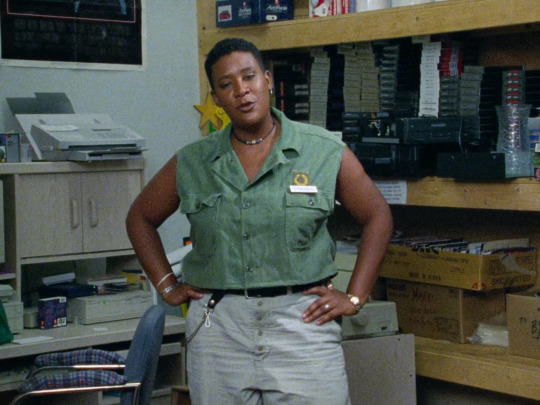
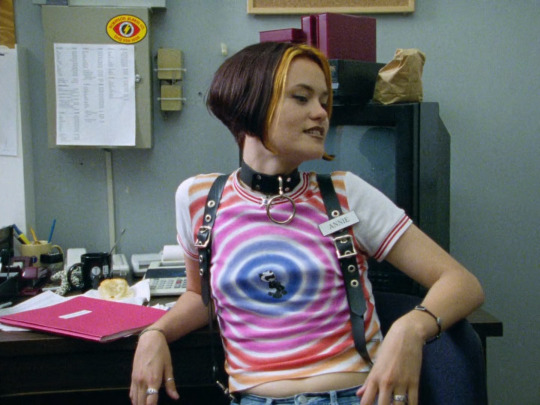
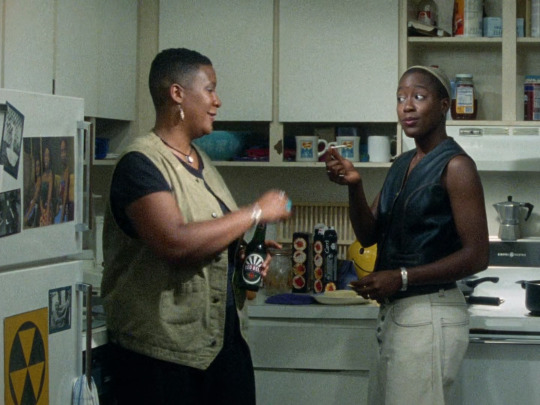
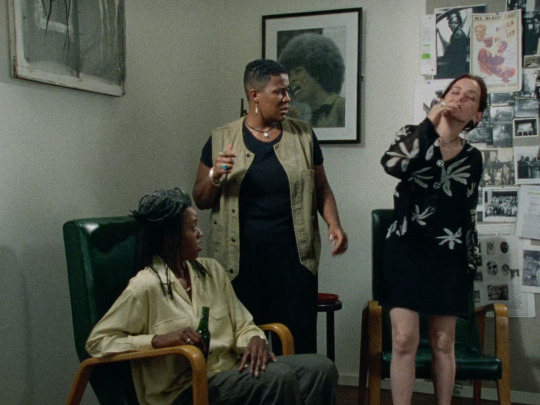
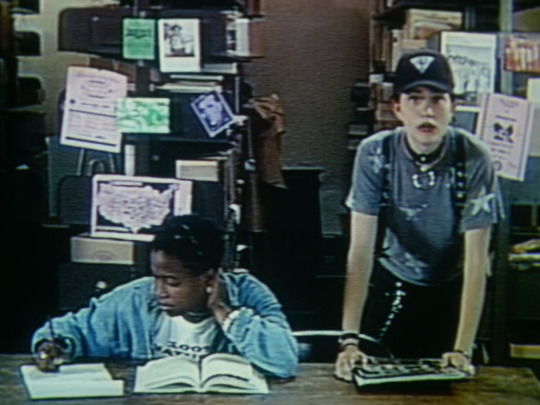
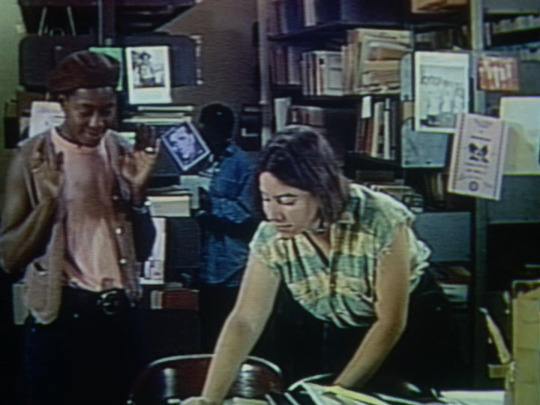

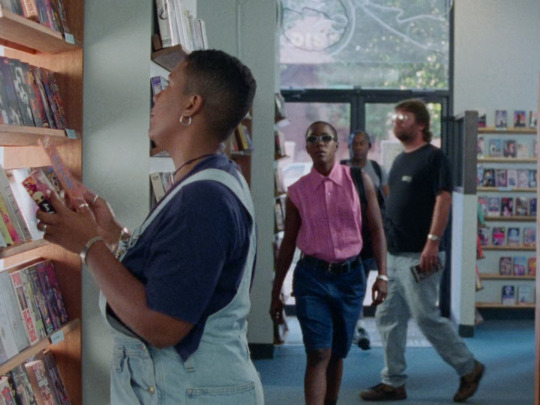
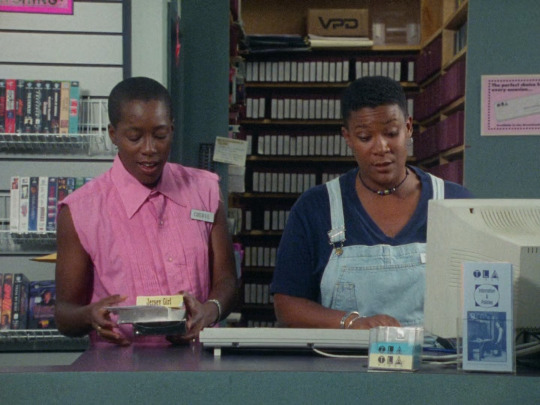
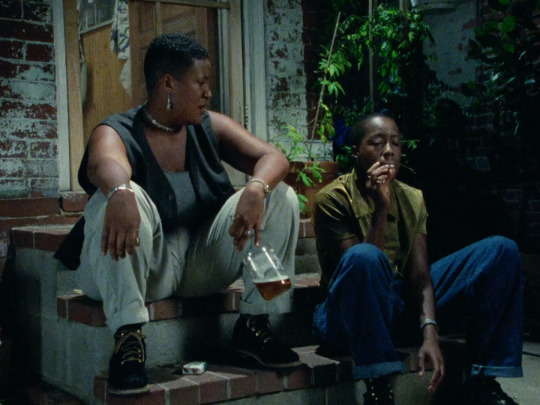
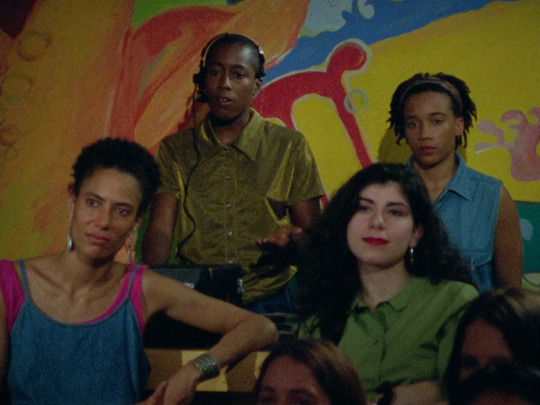
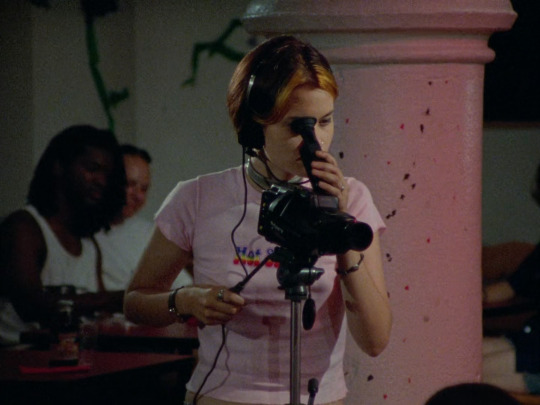
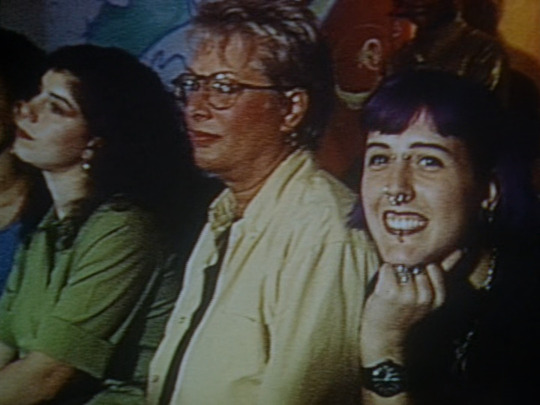
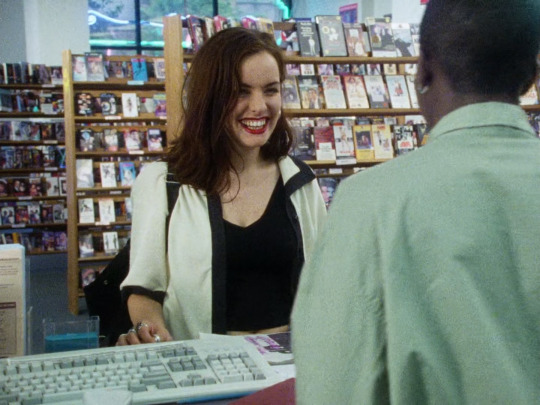

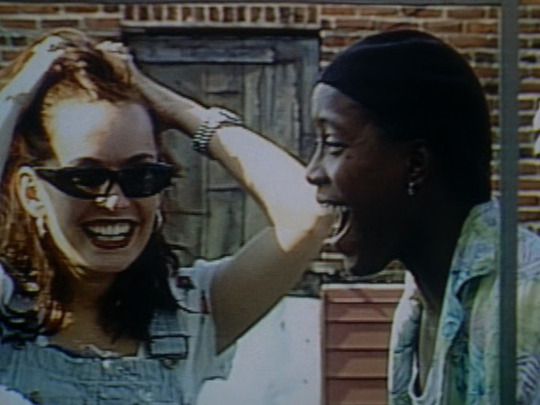

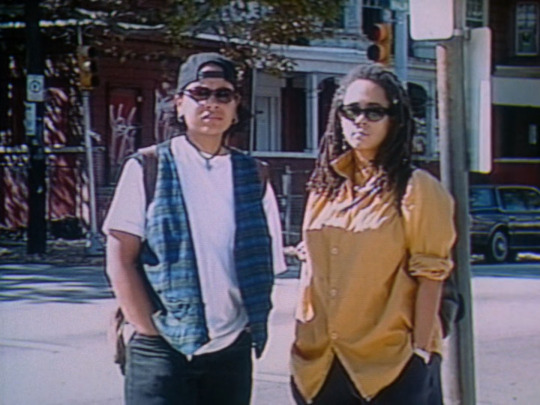

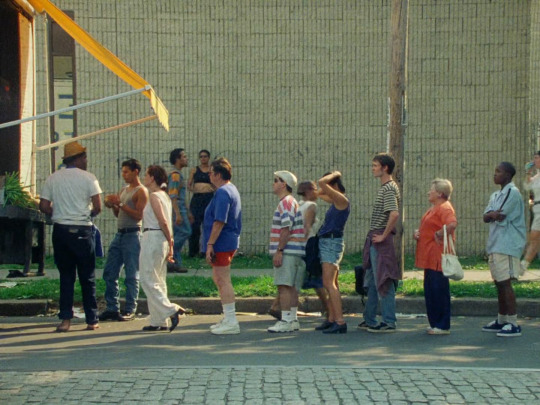
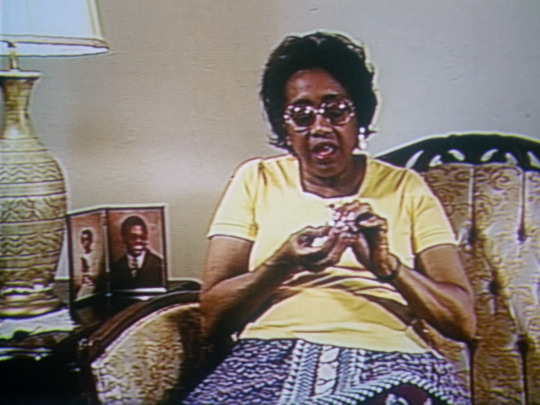
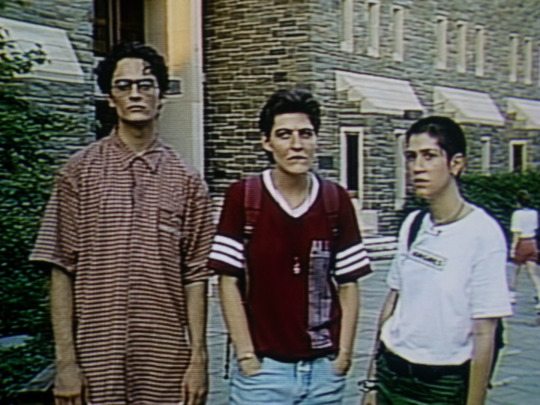
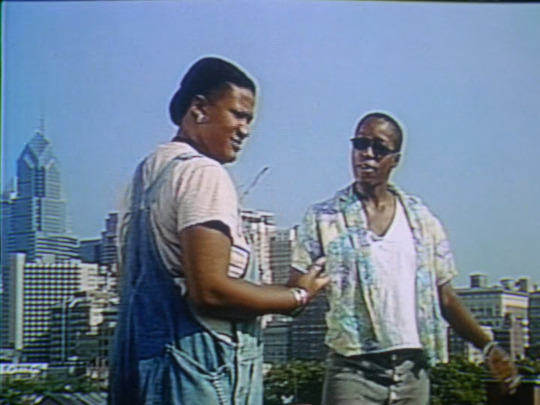
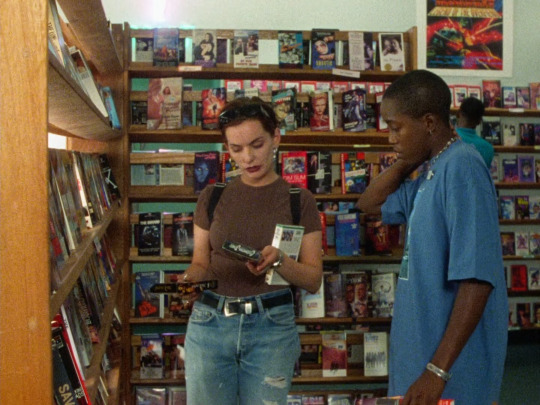
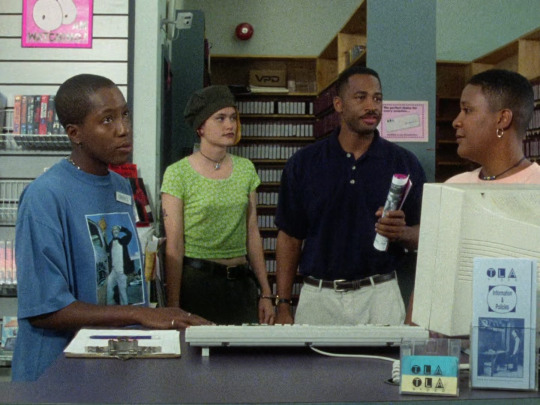

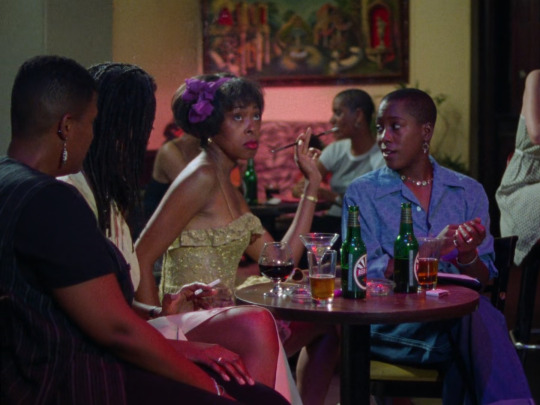
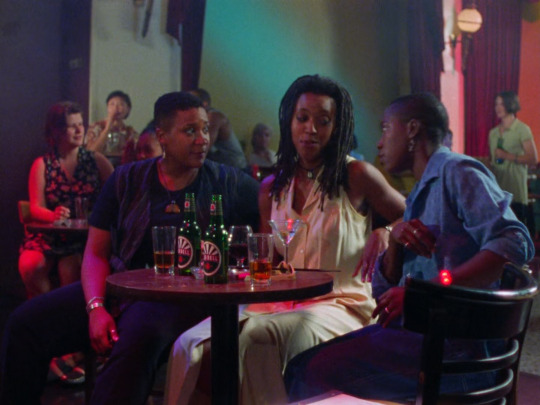
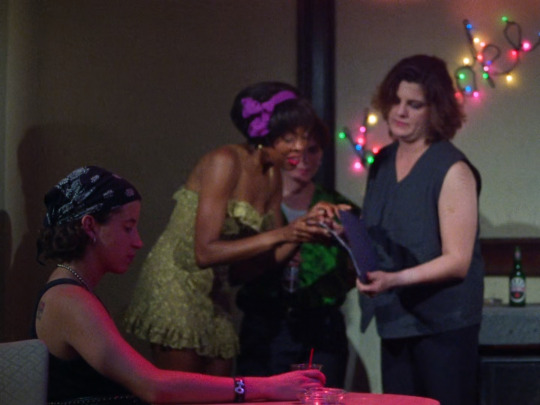
Outfits from The Watermelon Woman (1996)
#the watermelon woman#1996#90s movies#1990s film#cheryl dunye#90s fashion#90s hair#valarie walker#guinevere turner#sarah schulman#shelley olivier#christopher ridenhour
248 notes
·
View notes
Text


The Watermelon Woman (Cheryl Dunye, 1996)
59 notes
·
View notes
Text
i said the other day that i want to watch more movies this year
(and, well, i'm still pretty much unemployed 😬)
so, seated now for the watermelon woman
#movies#the watermelon woman#the watermelon woman (1996)#90s movies#black representation#black lesbians#black women representation#black directors#black women in film#black women directors#woc representation#lesbians of color
17 notes
·
View notes
Photo

#'90s aesthetic#'90s nostalgia#1990s#90s#'90s#cheryl dunye#the watermelon woman#lgbt#lgbtqia#90s films#90s movies#1996#'90s aesthetics
23 notes
·
View notes
Photo
A movie worth watching.
And the outfits are cool.










Nineties outfits in The Watermelon Woman (Cheryl Dunye, 1996)
#women...........#the watermelon woman#cheryl dunye#fashion#nineties#lgtb#lgtbi#1996#guinevere turner#valarie walker
13K notes
·
View notes
Text
free movies
nowhere
the living end
the doom generation
mysterious skin
chopping mall
black christmas
beneath the skin
possibly in michigan
hellraiser 1
hellraiser 2
kill bill 1
kill bill 2
leave her to heaven
it's a wonderful life
bram stoker's dracula
evil dead 1
evil dead 2
army of darkness
hell house llc 1
hell house llc 2
hell house llc 3
aliens
vampire hunter d (1985)
vampire hunter d: bloodlust
mikey and nicky
perfect blue
ganja and hess
nosferatu (1922)
carnival of souls
stepford wives
texas chainsaw massacre (1974)
gentlemen prefer blondes
fight club
carrie (1976)
the thing (1982)
the lost boys
butch cassidy and the sundance kid
phantom of the paradise
velvet goldmine
the devils (1971)
possession (1981)
crash (1996)
get out
paris is burning
the watermelon woman
eraserhead
an american werewolf in london
whatever happened to baby jane?
all about eve
southern comfort
7K notes
·
View notes
Text




cheryl dunye and guinevere turner as cheryl and diana in the watermelon woman (1996) dir. cheryl dunye
#the watermelon woman#cheryl dunye#guinevere turner#film aesthetic#film stills#film#90s style#90s movies#90s nostalgia#american film#american cinema#lgbtq media#lesbian film#lgbtq+#lesbian
4K notes
·
View notes
Text


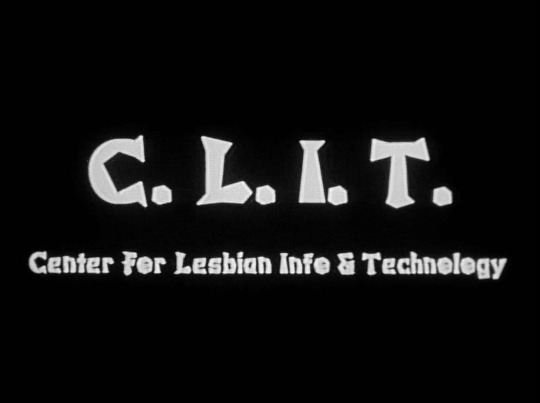
The Watermelon Woman (1996)
14K notes
·
View notes
Text
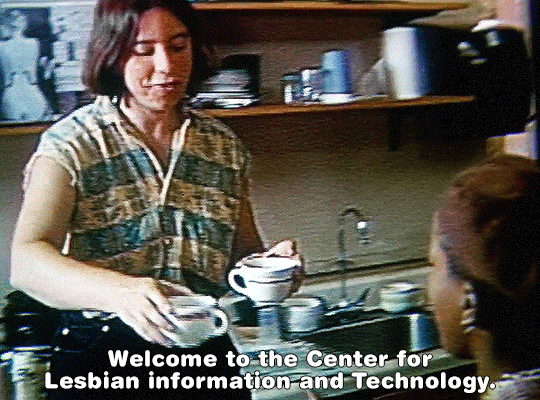

The Watermelon Woman 1996, dir. Cheryl Dunye
4K notes
·
View notes
Text




The Watermelon Woman 1996 | dir. Cheryl Dunye
#*#the watermelon woman#films#filmedit#filmgifs#wlwedit#moviegifs#userlenie#usermichi#albertserra#userbeckett#userkraina#uservita#fuckyeahwomenfilmdirectors#1k
1K notes
·
View notes
Text

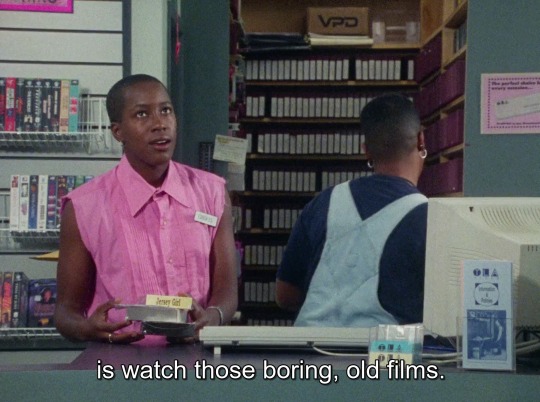
The Watermelon Woman (1996)
5K notes
·
View notes